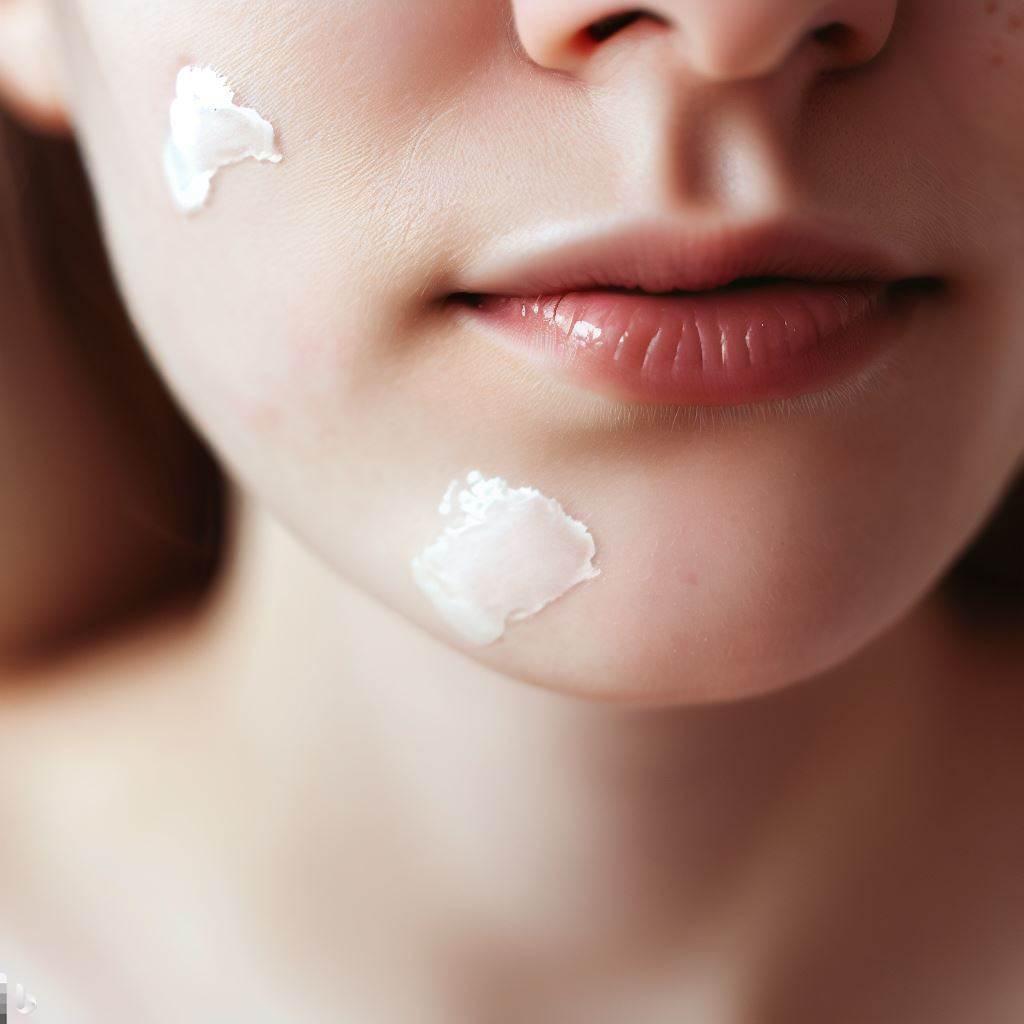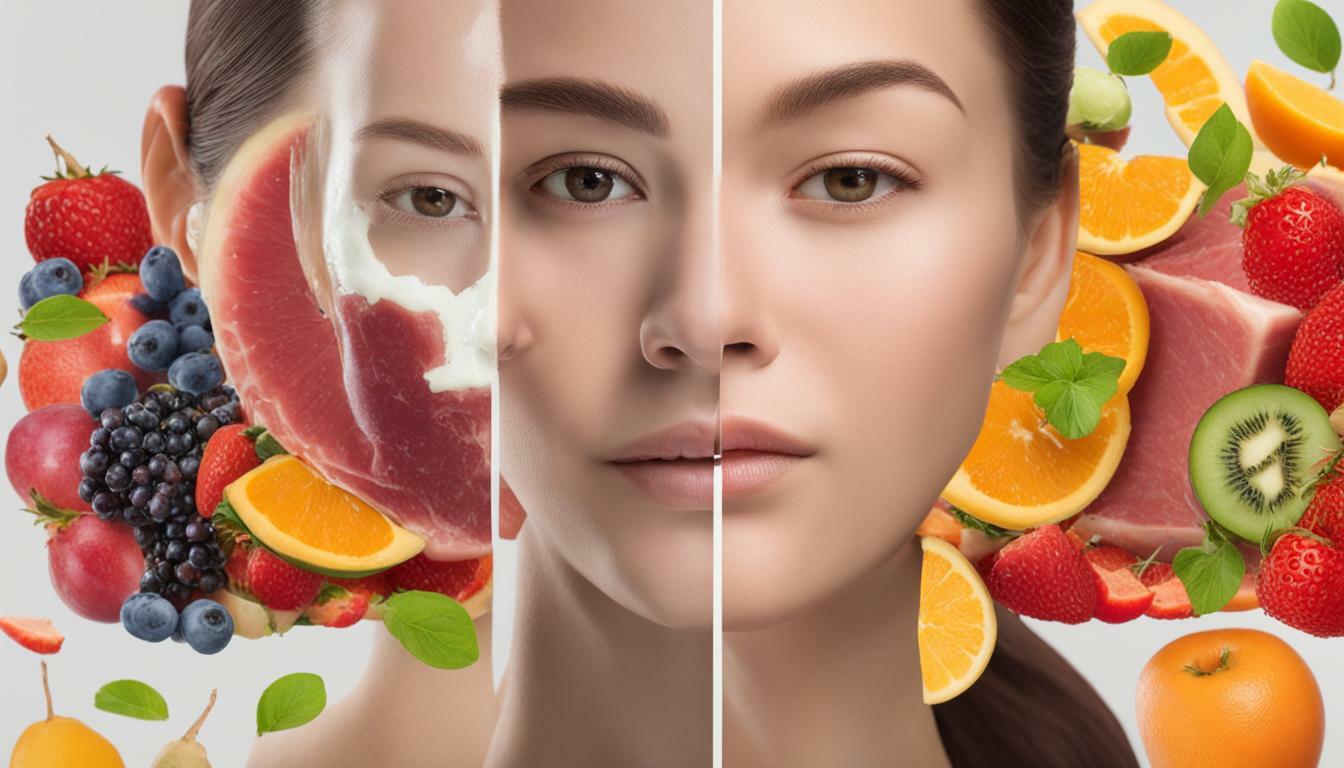Have you ever wondered why those acne patches turn white? It’s a mystery that many people have pondered. In this article, we’ll explore the science behind why these patches change color and how they work to clear up your skin. Acne patches have become a popular choice for those looking to tackle pesky pimples, but understanding why they turn white is key to unlocking their true potential. So, let’s dive into the fascinating world of acne patches and uncover the truth behind their magical transformation.
Why Do Acne Patches Turn White
Understanding Acne
Acne is a common skin condition that affects millions of people worldwide. It occurs when the hair follicles become clogged with oil, dead skin cells, and bacteria. This can lead to the formation of pimples, blackheads, whiteheads, and even cysts. Acne typically occurs on the face, but it can also appear on the chest, back, and other parts of the body.
Acne is not just a physical concern; it can also have a significant impact on a person’s self-esteem and confidence. Many individuals seek various remedies and treatments to manage and reduce acne symptoms. One such popular remedy is the use of acne patches.
What Are Acne Patches?
Acne patches are adhesive patches that can be applied directly onto pimples or acne spots. These patches are made from a thin, flexible material that adheres to the skin and creates a barrier between the pimple and the external environment. They come in various sizes and shapes to accommodate different types of acne lesions.
The primary purpose of acne patches is to protect the acne from dirt, bacteria, and further irritation. They also help to reduce inflammation and promote healing. These patches are often infused with active ingredients like salicylic acid, tea tree oil, or hydrocolloids, which can enhance their effectiveness in combating acne.

Working Mechanism of Acne Patches
Acne patches work through a combination of physical and chemical mechanisms. When applied to a pimple, the patch creates a microenvironment that facilitates the healing process. The patch acts as a barrier, preventing exposure to dirt, oil, and bacteria. This barrier also helps to keep the pimple moist, which can aid in the healing process.
Additionally, acne patches contain active ingredients that can penetrate the skin and target the acne directly. For example, patches infused with salicylic acid can help to unclog pores and reduce inflammation. The active ingredients in the patches work in synergy with the natural healing process of the skin to accelerate the recovery of the pimple.
Factors Affecting Acne Patch Color
One of the distinct features of acne patches is their ability to turn white once applied to the skin. This color change can vary in intensity, ranging from a slight opacity to a more significant whitening effect. Several factors contribute to this change in color, including exposure to air and oxidation, the absorption of impurities, the presence of moisture, and the natural healing process of acne.

Exposure to Air and Oxidation
When acne patches are exposed to air, they undergo a process called oxidation. This process occurs when oxygen molecules react with certain compounds within the patch, causing a color change. The composition of the patch material, including the presence of substances like zinc or iron, can influence the oxidation process and the resulting color change.
Absorption of Impurities
Acne patches have a unique ability to absorb impurities from the pimple. These impurities can include excess oil, bacteria, dead skin cells, and other debris. As the patch absorbs these impurities, it can become more opaque and appear whiter in color. The absorption of impurities is not only a visible sign of the patch’s effectiveness but also contributes to the overall healing process of the pimple.

Presence of Moisture
Moisture plays an essential role in the healing process of acne. When the patch is applied to the pimple, it creates a moist environment that helps to hydrate the skin, soften the pimple, and promote healing. This moisture can also contribute to the white color change of the patch. As moisture is absorbed by the patch, it can cause the material to swell and become more visible, resulting in a noticeable whitening effect.
Natural Healing Process of Acne
When a pimple forms, the body’s natural healing process is activated. The immune system sends white blood cells to the affected area to fight off bacteria and facilitate the repair of damaged tissues. As the healing process progresses, the pimple may release pus, which consists of dead skin cells, bacteria, and immune system cells. This release of pus can contribute to the white coloration of the acne patch.
Influence of Ingredients
The active ingredients present in acne patches can also influence their color. Certain ingredients, such as hydrocolloid, possess natural color properties that can contribute to the final appearance of the patch. For example, hydrocolloid patches may have a translucent or slightly yellowish tint, which can affect the overall color perception of the patch.
Variations in Acne Patch Colors
It is important to note that the white color of acne patches can vary depending on various factors. Different brands of acne patches may have slightly different formulations, which can result in variations in color and opacity. Additionally, the color change can vary depending on the specific characteristics of the pimple, such as its size, severity, and stage of healing.
Conclusion
Acne patches provide a convenient and effective solution for managing acne. Their ability to turn white once applied to the skin is a visible indication of their working mechanism. The color change is influenced by various factors, including exposure to air and oxidation, absorption of impurities, moisture content, the natural healing process of acne, and the presence of active ingredients. By understanding these factors, you can better comprehend how acne patches work and why they turn white, ultimately enhancing your acne treatment experience.
More on How To Know If Acne Is Hormonal




